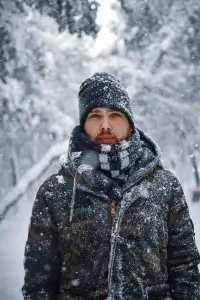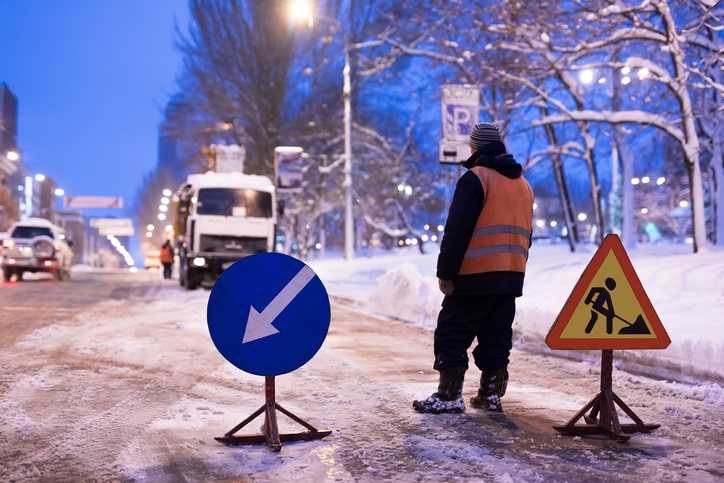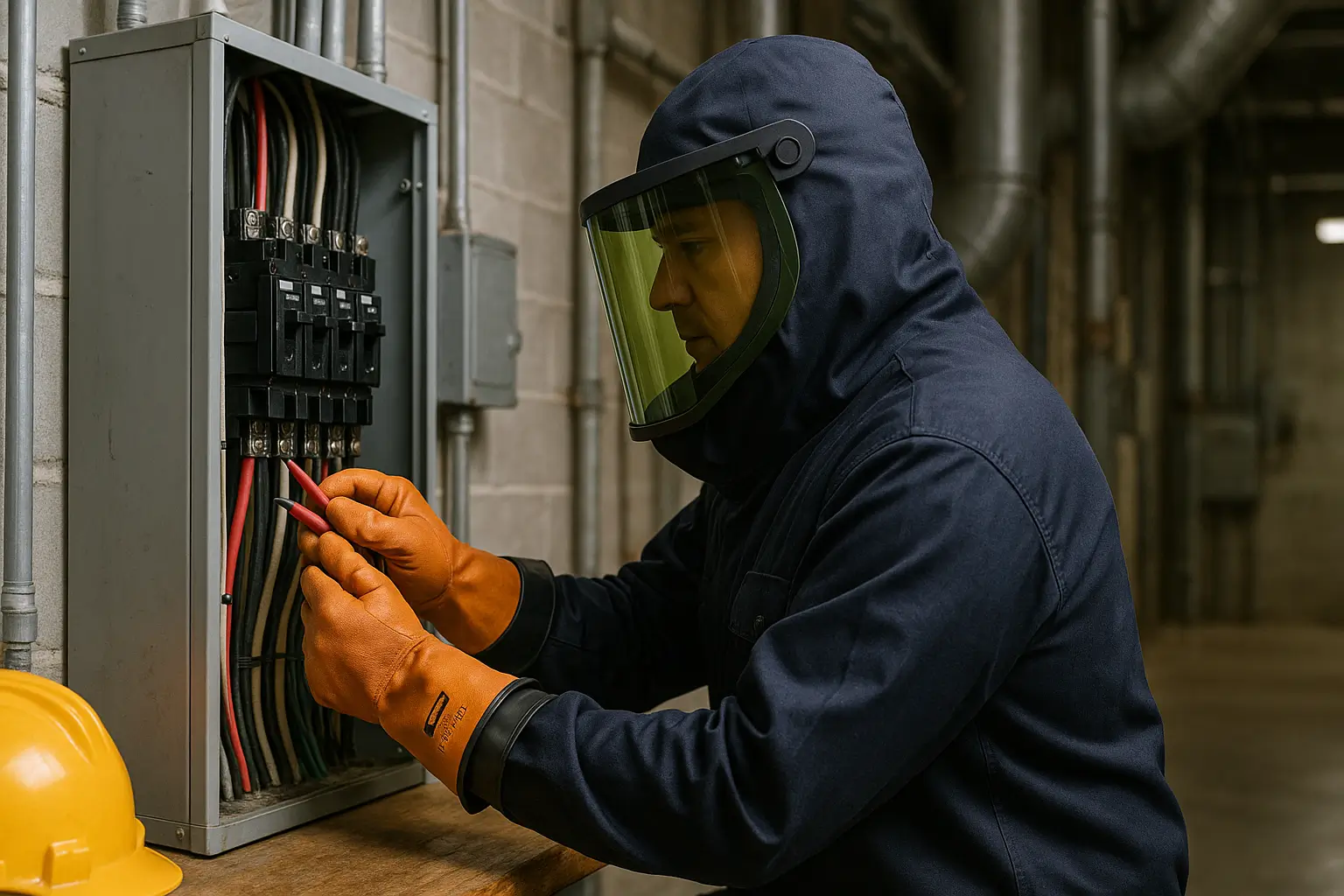Winter Safety Tips
Winter Workplace Safety: Tips for Construction & Utilities
Even in the most favorable working conditions, construction and utility sites pose significant risks. However, winter weather brought additional risk to working conditions, which included slick surfaces, high winds, and cold. Wintertime workplace injuries are common among new hires who are not accustomed to performing their duties in the cold and among employees.
OSHA winter safety
Practical Winter Safety Tips for Employees
Yet, the fact that utility and construction businesses can manage how they prepare for the weather, but they cannot control the weather itself. So, it is crucial to recognize the risks associated with winter weather and take proactive measures to control hazards. The Occupational Safety and Health Administration gives adequate workplace winter safety tips to emphasize the need for employers to conduct thorough risk assessments in winter conditions to identify potential dangers.
Winter Safety Tips to Prevent Workplace Accidents
In this blog, you will read the 10 most important OSHA winter safety tips in order to prevent winter-related workplace injuries, illnesses, and accidents. Without further ado, let’s delve into this read!
Be Aware of Cold Stress Hazards

Be aware of winter weather safety OSHA tips are essential for everyone. As you know the term “cold stress” refers to a group of disorders that can arise from exposure to cold, specifically when the body is unable to sustain its usual temperature. When workers are exposed to cold environments, their bodies begin to lose heat more quickly, which will result in severe health-related problems.
Cold stress is one of the primary concerns in winter, which is why OSHA recommends implementing a comprehensive Cold Stress Prevention Program. This includes providing employees with protective clothing, suggesting that they take frequent breaks in warm areas, and educating workers on the signs and symptoms of cold stress.
Consider Safe Driving Practices

Safe driving techniques are essential for professionals who drive or operate automobiles outside throughout the winter. This can entail making sure workers check the weather before leaving for work, utilizing cars that are suitable for the winter, and offering instruction on safe driving during inclement weather.
Additionally, navigating the roads during cold weather presents unique challenges that require drivers to consider safe driving techniques and be cautious. During winter, the temperature will rise due to snow, and ice, which will increase the chance of road-related accidents. So, make sure that your vehicle is properly prepared. Before start driving, you can check the battery, brakes, tires, and fluids regularly. Ensure that headlights, taillights, and brake lights are functioning correctly. Keep the gas tank at least half full to prevent fuel line freeze.
Prepare Emergency Response for Winter Storms

Power outages and other emergencies can result from winter storms. OSHA emphasizes the significance of establishing a winter-specific emergency response plan. This strategy should cover evacuation techniques, communication tactics, and steps to guarantee that the required supplies are available. Winter storms can unleash a combination of snow, ice, freezing rain, and bitterly cold temperatures, posing significant challenges to communities, businesses, and individuals. That is the reason, why being prepared for a winter storm is essential to safeguard lives and property. When it comes to winter safety tips for construction workers, this plan can be a life-saver.
According to winter weather safety OSHA tips, employees must create a winter emergency kit to sustain through potential power outages. Provide workers with a pack of extra layers of clothing, hats, gloves, and blankets to stay warm. Make sure to give them essential medical supplies and prescription medications. Keep a battery-powered or hand-crank radio for weather updates and a fully charged cell phone with a portable charger.
Employers Should Provide Engineering Controls

Cold stress can be lessened with the help of engineering controls. Radiant heaters, for instance, can be used to warm outdoor security stations and other work areas. To lessen wind chill, companies should try to keep work locations out of the wind and drafts.
Employers must employ engineering controls to safeguard employees against additional winter weather-related risks. For instance, workers can securely apply deicing agents to roofs using aerial lifts or ladders, preventing them from falling through skylights.
Dress In Layers

One of the fundamental principles of OSHA cold weather safety guidelines is dressing in layers. Layering provides better insulation by trapping warm air close to the body. Start with a moisture-wicking base layer to keep sweat away from the skin, add an insulating layer for warmth, and finish with a waterproof and windproof outer layer to protect against the elements. This approach allows workers to adjust their clothing to the changing weather conditions throughout the day.
When it comes to winter outdoor safety, it’s crucial to dress appropriately to avoid cold stress. The following might assist in shielding employees from cold stress when it is not possible to avoid cold settings or temperatures: Put on three or more layers of baggy clothes. Better insulation is produced by layering. An inner layer made of synthetic material (polypropylene), wool, or silk to keep moisture out of the body. Wear thermal clothes, such as inner layers made of wool, silk, or polypropylene, which will retain body heat better than cotton.
Protect From Extremities

Cold weather can have a significant impact on extremities, such as hands, feet, and ears and create an unfortunate winter safety moment. To prevent frostbite, workers should wear insulated, waterproof gloves and thermal socks. Additionally, using hand and foot warmers can provide extra heat during extremely cold conditions. Don’t forget to cover the ears with a hat or earmuffs to avoid heat loss from the head.
Allowing outdoor workers to take regular breaks indoors is essential for preventing cold-related illnesses. Breaks provide an opportunity to warm up, dry off, and rest, reducing the risk of prolonged exposure to the cold. Encourage workers to use break times wisely by seeking shelter, consuming warm beverages, and changing into dry clothing if necessary.
Give Cold Weather Safety Training to Workers

Lastly, comprehensive training on cold weather safety is essential for all outdoor workers. This training should cover the risks associated with cold weather, proper clothing and equipment usage, recognizing early signs of cold-related illnesses, and emergency response procedures. Regularly review and update the training to ensure that workers are well-prepared for the challenges of working in cold conditions.
Providing safety training to employees is imperative for those who are new to the construction sector. Training workers in cold weather safety is essential to ensure their well-being and reduce the risk of cold-related illnesses and injuries. Keep them informed on the importance of staying hydrated in cold weather and give them guidance on maintaining proper nutrition to support energy levels and body warmth.
Conclusion
Winter safety is a shared responsibility that involves individuals, families, and businesses. You can significantly enhance your resilience in the face of winter , by creating a winter safety checklist, staying informed, developing a family emergency plan, and following workplace safety guidelines.
Bear in mind that preparedness and following cold weather safety tips for employees is the key to minimizing risks, ensuring the safety of your loved ones, and mitigating the potential impact of severe winter weather. It is the right time to enroll in the OSHA safety training courses to keep updated about workplace health and safety topics. Eventually, it also helps in reducing workplace accidents during cold working conditions.












